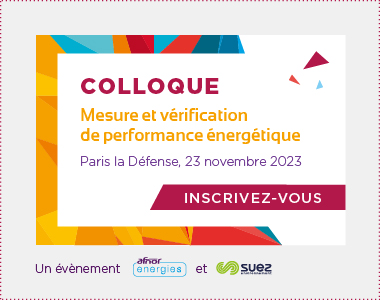Extreme weather events, war in Ukraine, delivery delays and maintenance stoppages in the nuclear sector, soaring bills, fuel poverty and energy cheques… The 2020s are a time of tension in the energy market. This is a catalyst for the desire for change: economic players have become aware of the urgent need to implement an energy transition on their own scale, beyond the scope of public policy. But before thinking about changing the energy mix and giving priority to renewable and low-carbon energies, we need to reduce at source and think about energy savings. Half a century later, the “waste hunt” of the 1970s is back in vogue, giving a new lease of life to this expression which covers four concepts.
What is energy efficiency?
Energy efficiency means ensuring that, for the same value and functionality, a good is produced or a service rendered using less energy. Or to ensure that the same amount of energy is used to produce more or provide greater comfort, which amounts to the same thing. For example, insulating a building or replacing a window means heating less to obtain the same ambient temperature.
What is energy sobriety?
Energy sobriety consists in renouncing, without compensating, energy consumption and the benefits that go with it. For example, lower the heating in a room by a few degrees by encouraging occupants to dress more warmly. It’s a reduction in absolute terms, motivated by ecological imperatives (to pollute less), technical imperatives (to relieve the power grid) or financial imperatives (to lighten the bill).
What is energy performance?
Energy performance refers to the effort required of an economic player to consume less energy for the same or higher output, over the long term. By extension, it also refers to the means deployed to ensure that this effort bears fruit: instrumentation, audits, measurement campaigns.
A concept at the heart of the voluntary ISO 50001 standard, energy performance is seen as the objective of an energy management system (EMS). In a less academic sense, energy performance is associated with the world of building, with the famous DPE (Diagnostic de Performance Energétique).
What is energy intensity?
An exclusively economic concept,energy intensity is the result obtained by dividing the quantity of energy required by a country by its GDP. It is generally expressed in tons of oil equivalent per million euros of GDP.
Now that you’ve got your definitions straight, it’s time to take action! Dive into our dossier and learn how to use our tools and services to build an energy management system that generates sustainable gains that are easy to measure and verify.


